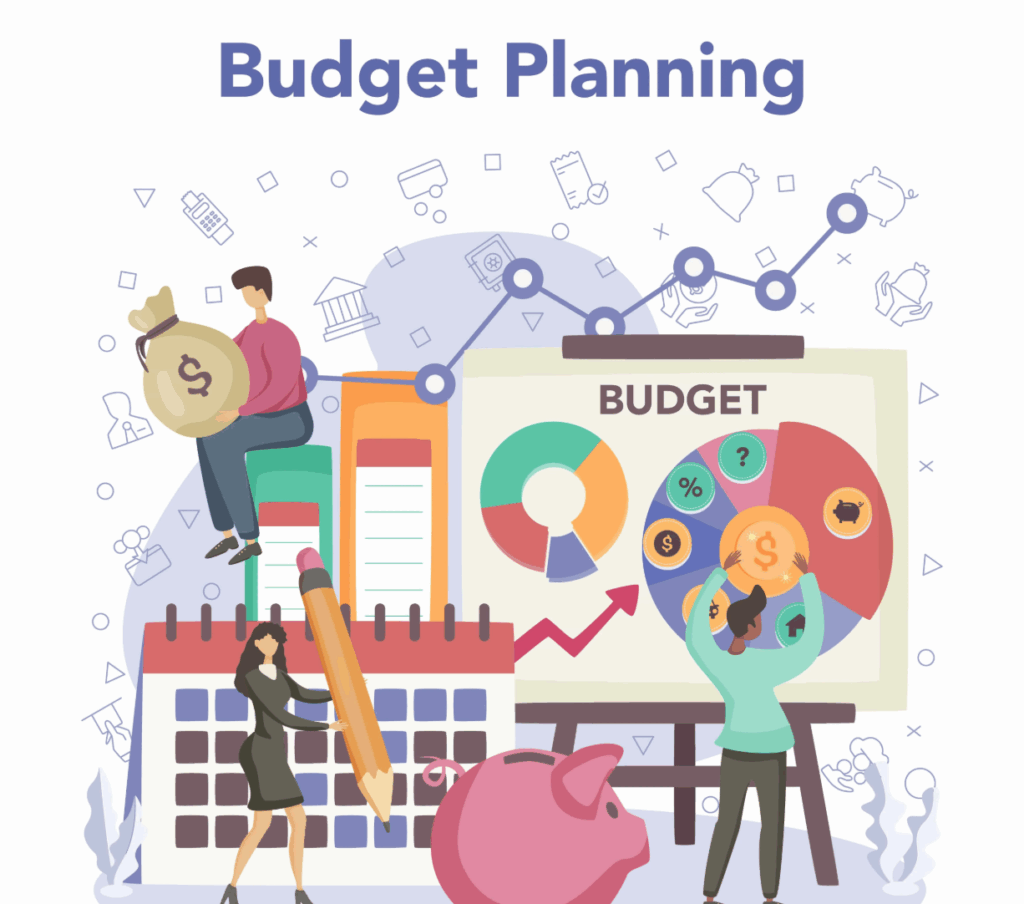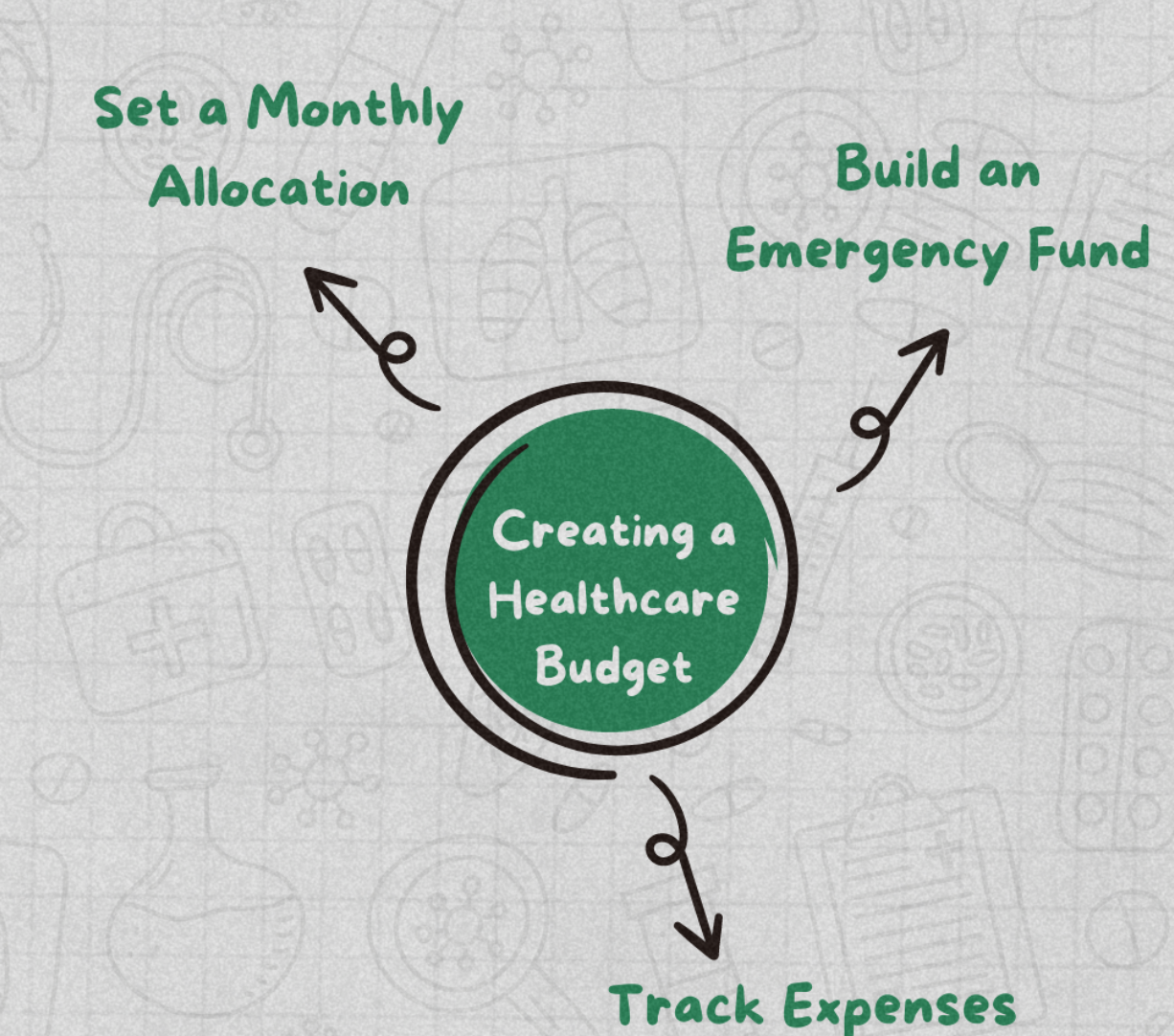🏥 Mastering Your Monthly Health Budget: Top Tools & Strategies for 2025
Managing your monthly health budget is crucial in today’s ever-evolving healthcare landscape. With rising medical costs and a plethora of insurance options, staying on top of your health expenses ensures financial stability and peace of mind. This comprehensive guide will walk you through effective strategies, introduce top budgeting tools, and provide actionable tips to optimize your healthcare spending in 2025.
📘 Understanding the Importance of a Health Budget
A health budget is a financial plan that allocates funds for medical expenses, including insurance premiums, medications, routine check-ups, and unexpected medical emergencies. By setting a monthly health budget, you can:
- Avoid Debt: Prevent accumulating medical debt by planning for expenses.
- Ensure Preparedness: Be ready for unforeseen medical emergencies.
- Optimize Spending: Identify areas where you can save without compromising care.
- Achieve Financial Goals: Allocate funds efficiently to meet other financial objectives.(AP News)
💡 Top Strategies to Manage Your Monthly Health Budget

- Assess Your Healthcare Needs: Review past medical expenses to predict future costs. Consider regular medications, therapies, and routine check-ups.
- Choose the Right Insurance Plan: Compare different health insurance plans to find one that balances premiums with coverage. Utilize platforms like HealthCare.gov to explore options.(HealthCare.gov)
- Utilize Health Savings Accounts (HSAs): If eligible, HSAs allow you to save pre-tax dollars for medical expenses, reducing taxable income.
- Negotiate Medical Bills: Don’t hesitate to discuss bills with healthcare providers. They might offer discounts or payment plans.(The CFO Club)
- Stay In-Network: Using healthcare providers within your insurance network can significantly reduce out-of-pocket costs.
🛠️ Top Budgeting Tools for Health Expenses in 2025
Leveraging technology can simplify tracking and managing your health budget. Here are some top tools:
1. You Need A Budget (YNAB)
- Overview: YNAB employs a zero-based budgeting system, ensuring every dollar has a purpose.
- Features:
- Real-time expense tracking
- Goal setting for medical expenses
- Bank synchronization
- Pricing: $14.99/month or $99/year with a 34-day free trial(NerdWallet: Finance smarter, Travel Expense Manager, The Wall Street Journal)
2. Goodbudget
- Overview: Based on the envelope budgeting method, it’s ideal for planning medical expenses.
- Features:
- Manual expense tracking
- Envelope system for different categories
- Cross-platform accessibility
- Pricing: Free version available; Plus version at $7/month or $60/year(NerdWallet: Finance smarter)
3. EveryDollar
- Overview: Created by financial expert Dave Ramsey, it offers a straightforward budgeting approach.
- Features:
- Zero-based budgeting
- Expense tracking
- Financial goal setting
- Pricing: Free basic version; Premium at $129.99/year(NerdWallet: Finance smarter, MedCity News, NY State of Health)
4. PocketGuard
- Overview: Helps you see what’s available for spending after accounting for bills and goals.
- Features:
- Automatic categorization of expenses
- Alerts for overspending
- Bank account linking
- Pricing: Free basic version; Premium at $7.99/month or $79.99/year(NerdWallet: Finance smarter)
5. Simplifi by Quicken
- Overview: Offers a personalized spending plan to track all finances, including health expenses.
- Features:
- Customizable spending plans
- Real-time alerts
- Investment tracking
- Pricing: $5.99/month or $47.88/year(HealthCare.gov)
📊 Comparison Table
| Tool | Best For | Pros | Cons | Price |
|---|---|---|---|---|
| YNAB | Detailed budgeting | Comprehensive tracking, goal setting | Learning curve, subscription-based | $14.99/month |
| Goodbudget | Envelope budgeting | Simple interface, cross-platform | Manual entry required | Free/$7/month |
| EveryDollar | Zero-based budgeting | User-friendly, goal-oriented | Limited features in free version | Free/$129.99/year |
| PocketGuard | Overspending alerts | Automatic categorization, alerts | Less customizable | Free/$7.99/month |
| Simplifi by Quicken | Personalized spending plans | Real-time tracking, investment tools | Subscription required | $5.99/month |
🎯 Benefits of Using Budgeting Tools
- Enhanced Financial Awareness: Regular tracking provides insights into spending habits.
- Goal Achievement: Set and monitor savings goals for medical emergencies or treatments.
- Reduced Stress: Knowing your financial standing can alleviate anxiety related to unexpected medical bills.
- Improved Decision Making: Data-driven insights help in making informed healthcare choices.
🛒 How to Choose and Purchase the Right Tool
- Identify Your Needs: Determine if you prefer manual entry or automatic tracking, and if you need features like goal setting or investment tracking.
- Explore Free Trials: Most tools offer free trials. Utilize them to assess usability and features.(The CFO Club)
- Compare Pricing: Ensure the tool fits within your budget. Consider annual subscriptions for potential savings.
- Check Compatibility: Ensure the tool is compatible with your devices and bank accounts.
- Read Reviews: Look for user reviews to gauge reliability and customer support.
🧩 Real-World Use Cases
- Chronic Illness Management: Individuals with ongoing medical needs can track recurring expenses and plan for future treatments.
- Family Budgeting: Families can allocate funds for each member’s healthcare needs, ensuring comprehensive coverage.
- Retirement Planning: Retirees can monitor healthcare spending to ensure their savings last.(Kiplinger)
- Emergency Preparedness: Setting aside funds monthly prepares individuals for unexpected medical emergencies.
❓ Frequently Asked Questions
Q1: Can I use multiple budgeting tools simultaneously?
A: Yes, but it might lead to redundancy. It’s advisable to choose one that fits your needs comprehensively.
Q2: Are these budgeting tools secure?
A: Reputable budgeting tools use encryption and other security measures to protect user data. Always ensure you’re downloading from official sources.
Q3: Do these tools work internationally?
A: Some tools are region-specific, especially concerning bank integrations. Check the tool’s compatibility with your country’s financial institutions.
By proactively managing your monthly health budget using the strategies and tools outlined above, you can ensure financial stability and peace of mind in 2025 and beyond.
